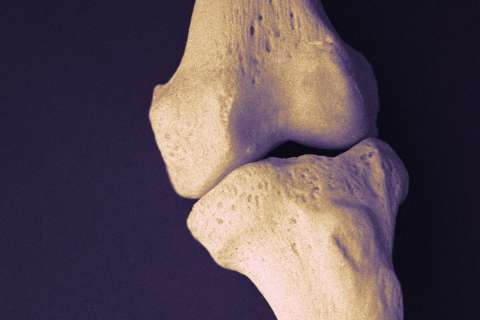Dear Doctor: Do hospitalized patients really get better care from female doctors compared to men, as a new study – and now many headlines – claim?
My initial reaction when I saw this study reported in the media was one of denial. As a man, I viewed the study – and the host of media articles reporting on it – with something like hostility; it seemed no less than an attack on my gender. After I calmed down a bit, I read through the research.
The study, published recently in JAMA Internal Medicine, looked at a random sample of data – totaling more than 1.5 million hospitalizations – from four years of hospitalizations among Medicare patients being cared for by general internists. The authors separated the patients into two groups based on the gender of their physicians, then evaluated quality of care by the death rate of these patients within a 30-day period after hospitalization and also by the rates of readmission to the hospital after being discharged.
The authors found that the death rates of patients cared for by female internists was slightly lower than the death rates of patients cared for by male internists: 11.07 percent versus 11.49 percent. This was not a staggering difference – amounting to less than death in 233 patients – but still, it was a difference. Further, readmission rates were lower for patients of female doctors compared to patients of male doctors: 15.02 percent versus 15.57. This means one less readmission in 182 patients.
Even as a man playing devil's advocate, I can’t blame confounding factors – differences in patient characteristics – for the findings. Female doctors took care of more female patients, slightly fewer patients with heart disease, lung disease and diabetes, but slightly more patients with kidney disease. But these were only minimal differences, and the authors took those differences into account, making adjustments for them in their findings.
Yet there were two difference between the female and male doctors that may be of substance: the physicians themselves. Female physicians in the study were on average 5 years younger than their male counterparts (42.8 years versus 47.8 years). Not to be ageist, but younger doctors may have a greater ability to use hospital computer systems, may be more likely to utilize social services for their patients, and may be more willing to alter their practices based on the latest studies.
Another important aspect is that female physicians on average took care of fewer hospitalized patients than their male counterparts, with female internists taking care of an estimated 132 hospitalized patients per year versus male internists’ 181. The busier schedule of the male internists may increase the chances that some aspects of care will fall through the cracks. The authors tried to correct for both the age and patient load issues, but that’s not easy to do.
As provocative as this new study is, it’s far from conclusive. A 2013 study in the American Board of Family Medicine found no differences in care between male and female physicians in the rates of death, hospitalizations or healthcare expenditures.
In summation, this research does nonetheless offer a reminder to all physicians, regardless of gender or age, that many factors affect patient death rates and readmissions – and we can’t afford to let any of them fall through the cracks.
Robert Ashley, MD, is an internist and assistant professor of medicine at the University of California, Los Angeles.
Ask the Doctors is a syndicated column first published by UExpress syndicate.




